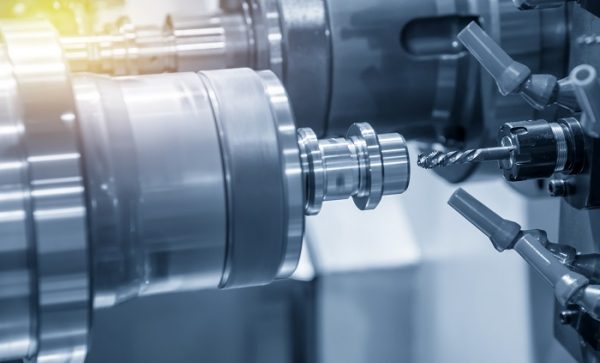To insiders within the manufacturing industry, the evolution of the game has been a sight to behold over the past twenty years. Very few industries experience such fast growth in their working parameters. Any CNC machining process is done these days much more different than it was done a few years ago. With Asia being the leading competitor in this market, many of these companies keep coming up with new ways to optimize tasks and please their client’s demands.
As this happens, precision CNC machining keeps having a great deal of impact on many industries across the world. Half the world keeps being unaware of just how deep this manufacturing method is already entangled to their lives. Many companies know for a fact that they can’t hope to survive if they don’t keep evolving and adapting their operations with the latest technological advances. This is not a selling line for customary equipment. These are hard facts that are easily verifiable.
With the ever-changing ways of the manufacturing industry, it’s pretty easy to get lost on what are the current trends of the market as well as the most popular manufacturing methods being used these days. Over the next lines, we are going to discuss briefly the technology that is more popular for precision CNC machining, as well as the benefits of having this technology in any manufacturing company.
Types of CNC Machines for Precision Work
This quick list contains the five more popular CNC machines used by manufacturers all over the world. Keep in mind that all of them accomplish something different or truly specialized on their own.
1. CNC Milling
Machines that are commonly used for mill and cut metals sheets into precise shapes and sizes. There quite a few milling machines in the market, most of them classified in different categories based on the number of axes they can handle.
2. CNC Routers
These machines are used for engraving metal, plastics or even wood. CNC routers are used for both easy and complicated tasks. Modern routers are handled using computer programs, so the users only need to input their coding to get an engraved piece of material in no time.
3. CNC Plasma Cutters
Plasma cutters are very similar to routers, but blades do not handle the task. Hot electrodes take their place. They are pretty easy to install, but they are best suited to print out impressions or modify surfaces in metals.
4. Lathe Machines
This is probably one of the most popular CNC machines right now. Let’s cast aside the great features these machines have such as a precision rate that is borderline perfect. Lathe machines are the best choice to create 3D shapes out of metal sheets.

CNC lathe machines*
5. Lasers Cutters
The name is kind of self-explanatory. Laser cutters do the same work as a regular cutter, but never fail to deliver a product that is 100% compliant to the specific requirements of the clients. They are ideal for treating metals and wood. It doesn’t work as great with plastics.
Benefits of Owning a CNC Machine in the Long Run
This collection of perks is a gathering of some of the best feedbacks posted online. Most of them by companies that have upgraded their hardware and keep a track record of it on their company blogs. Read on the reasons that motivated them to change.
· Improved Production Speeds
Capitalism is alive, thanks to the manufacturing industry. Many business owners in this market are not willing to concede any room to their competitors. They are always seeking for means to improve their operations owning a CNC machine gives these companies an edge. Most of these machines work connected to computers using customized 3D design programs to create concepts and bring them to life in a matter of moments. Most of these companies are willing to work 24/7 to get there.
· Improved Quality of Products
We have already stated how computers handle most of the machining tasks. The room for mistakes is very small. Companies are very much aware of that, and they put a lot of efforts to make sure their trained technicians are able to deliver what is required of them. By creating such a work-friendly environment, the companies experience minimal chances of rejection from their customer base. It also keeps their clients happy and satisfied with full shipments of error-free products.
· Increased Return of Investment
CNC machines reduce operational costs by substituting human labor. A technician can do the work done by a crafter in very little time with the right training. The expenses related to the maintenance of these machines are unexpectedly low if it’s done on schedule. Most of these machines have a long lifespan, even if they are continually being upgraded. The money saved on this end can be used on new efforts to expand the services of the manufacturing service such as customer acquisition, building a supply chain, and other options that secure increased profits.
Reference
*Image from on https://mfgtechupdate.com
